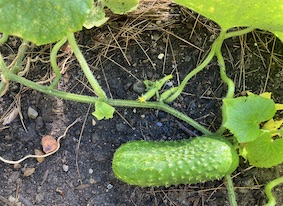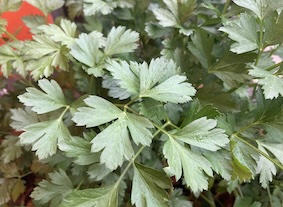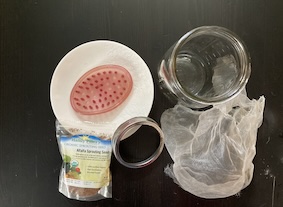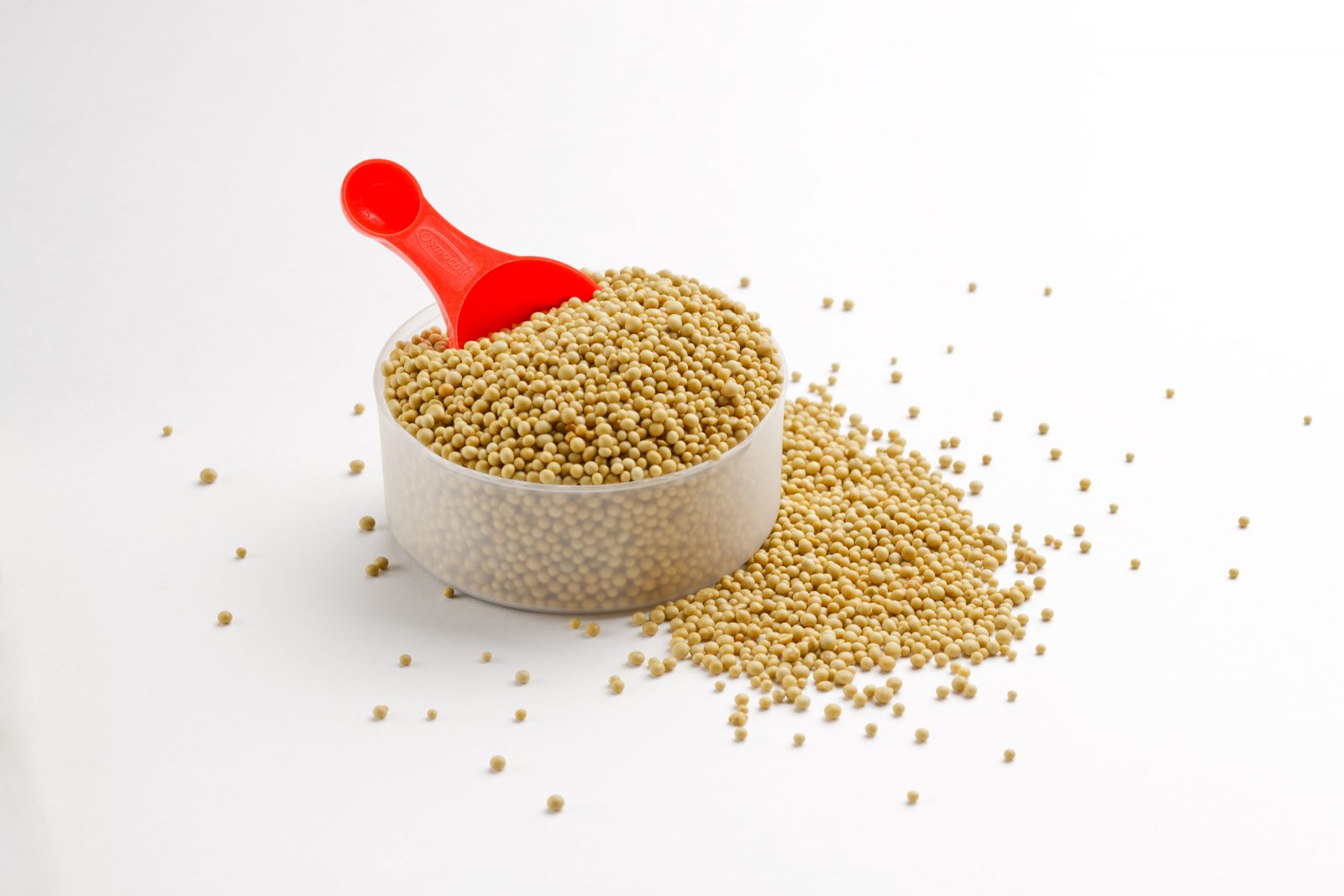Gherking Cucumber
Views: 997

I don’t usually get excited about cucumbers. I have three reasons why not: 1) The plants usually take up way too much room in my garden, 2) the fruit ends up being way too big and seedy, and 3) other than using in a tzatziki sauce or making my mom’s old-school cucumber salad, I can’t find any recipes (that I like) worthy of fresh cucumbers. And pickling? I’ve used regular slicing cucumbers for that and I just don’t think that is an appropriate application for them. By the way, reason #2 is mainly my fault, as I tend to not pick them frequently enough. Why? Because reason #3. The Gherking Cucumber from Burpee Home Gardens solves all three issues.
I can live with the Gherking Cucumber in my garden. And not just live with, but enjoy and look forward to its harvest. It has somehow tossed aside my three reasons for not loving cucumbers. While the description that came with the plant says “Vigorous vines are best when trellised,” and an advisory that the plant spreads 4 to 6 ft., I’ve found that my plant has stayed toward the low end of that distance. Also, my plant was not overly leafy, which means the growing cucumbers aren’t hidden beneath behemoth leaves and are not left to get out-of-control big. And hence, the fruits are not too big nor too seedy.
Using the Gherking Cucumber
As its name suggests (it’s a play on gherkin), the Gherking is a pickling variety. While the description does say it’s also good for fresh eating, I haven’t done so yet. But I have pickled them and I find them to be perfect for that process. Why? Because they are good length (about 3.5-4 inches long) to fit in my available assortment of jars. They do get a bit bigger than 4 inches (I went away a few days, oops!), but not by much. And Gerkings don’t get bitter when left on the vine too long, so that shouldn’t be a worry.
The one characteristic I have a small issue with is the spines on the cucumber fruits. They tend to be quite prickly, especially the smaller you harvest the fruit. Just be aware of this fact when harvesting, maybe pick them up with a towel or cloth, and then gently rub off the spines to make handling them easier. Do note, however, that spines aren’t an issue with just this variety. Most pickling varieties are replete with spines, more so than the slicing varieties. Wonder why that is.
Meet Ellen Wells
When you’re raised on a farm, you can’t help but know a thing or two about gardening. Ellen Wells is our expert on edible gardening.…







